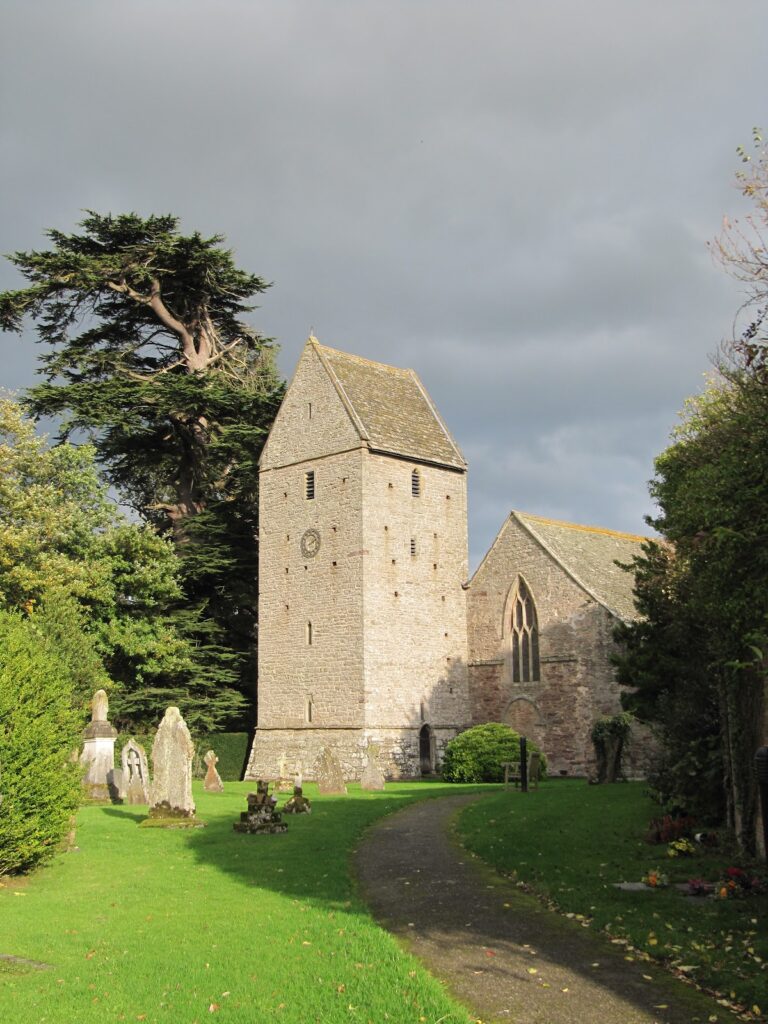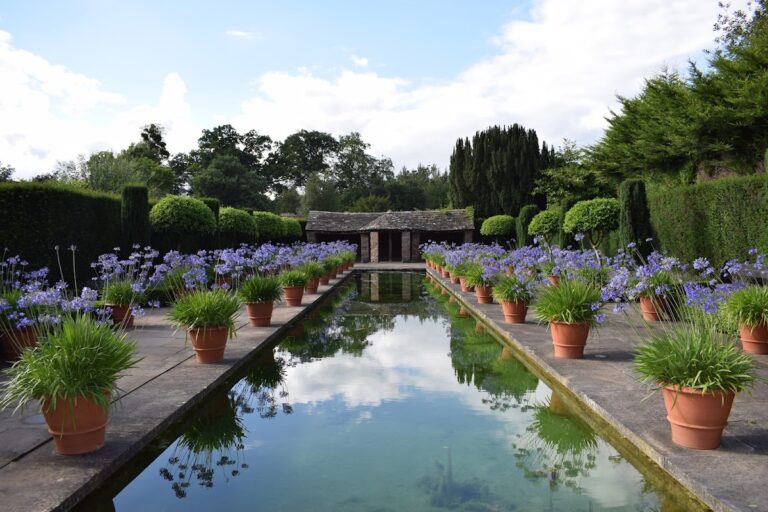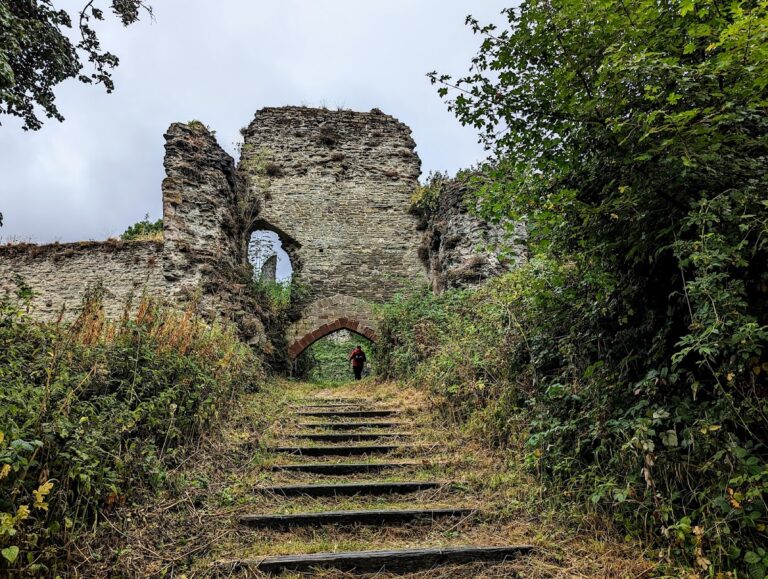Kinnersley Castle: A Medieval and Elizabethan Estate in England
Visitor Information
Google Rating: 4.6
Popularity: Very Low
Google Maps: View on Google Maps
Official Website: www.kinnersleycastle.co.uk
Country: United Kingdom
Civilization: Unclassified
Remains: Military
History
Kinnersley Castle is situated in the village of Kinnersley in England and traces its origins to the medieval period, when it was built by the English during the early 12th century. Its initial construction took place under the reign of King Henry I, who ruled England from 1100 to 1135. As a stone castle erected during this era, Kinnersley Castle would have served as both a defensive stronghold and a noble residence amid the shifting political landscape of medieval England.
Centuries later, the castle underwent significant transformation in the 16th century. The Vaughn family, who owned the estate at that time, renovated it extensively to become an Elizabethan country house. This large-scale remodeling adapted the medieval fortress into a residence that reflected the architectural and artistic tastes of the Elizabethan age, often emphasizing comfort and decorative detail over purely military function. The Victorian and later periods have seen the Elizabethan house largely conceal much of the earlier medieval stonework beneath newer walls and finishes, illustrating a layered history of adaptation and reuse at the site.
During Elizabethan times, evidence of increased occupation and investment is visible in the artistic features found at Kinnersley Castle. The presence of elaborate plasterwork and decorative motifs from this period demonstrates the estate’s ongoing importance as a residence rather than a military installation. It stands as a reminder of how medieval castles often evolved into stately homes as political and social conditions changed across England.
Remains
The castle is primarily constructed from stone and occupies a site elevated about 80 meters above sea level, positioned where flat land stretches to the northeast and more hilly terrain lies to the southwest. This setting lends both defensibility and commanding views of the surrounding landscape. The surviving structure presents a fusion of architectural styles that reflect its long history. While the overall appearance today is dominated by Elizabethan design elements introduced in the 16th century, beneath these surfaces are vestiges of the original medieval fabric.
Inside, one of the most striking features is a solar room, a private chamber typically used in medieval and later houses for relaxation and receiving light. This room showcases intricate plasterwork, some of the oldest known examples in the Herefordshire region, decorated with symbolic images such as green men—foliage-faced figures rooted in medieval symbolism—and snake-dogs, mythical creatures blending serpentine and canine features. Many of these designs are gilded, emphasizing the room’s decorative richness and status.
Additional notable interior craftsmanship includes a stone fireplace supraporte, the horizontal space above a fireplace opening. This stone carving features the detailed depiction of a boy’s head entwined by a snake coiled around his neck. This motif reflects skilled stonemasonry and the layered iconography present within the castle’s decorative scheme, combining naturalistic and fantastical elements.
The surrounding landscape around Kinnersley Castle remains moderately inhabited, primarily consisting of grassland areas, which suggests the estate has retained its character as part of a rural environment. The balance of natural and built features gives insight into how the castle’s historic role has evolved from a defensive stronghold to a noble country house embedded in farmland.







